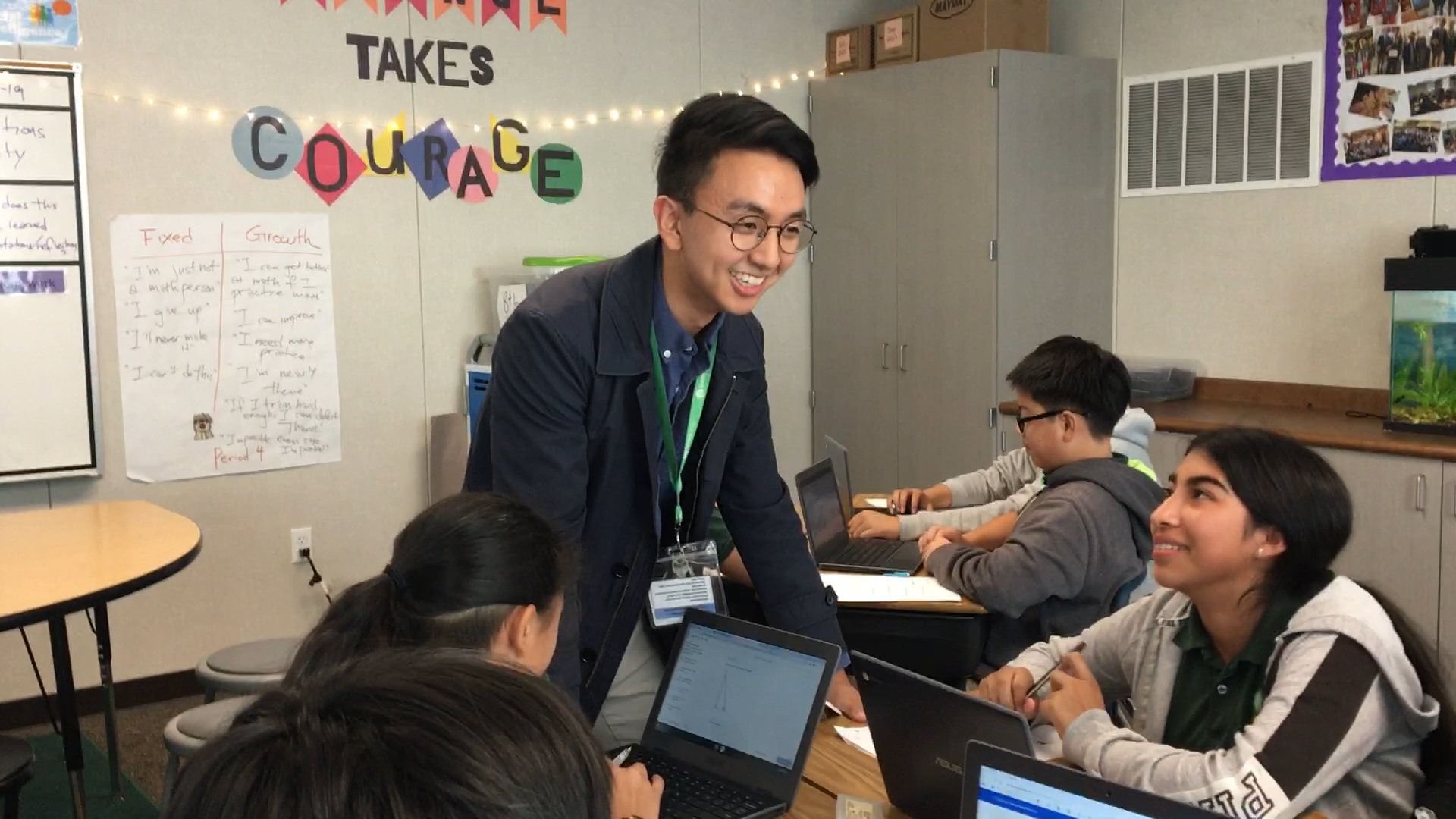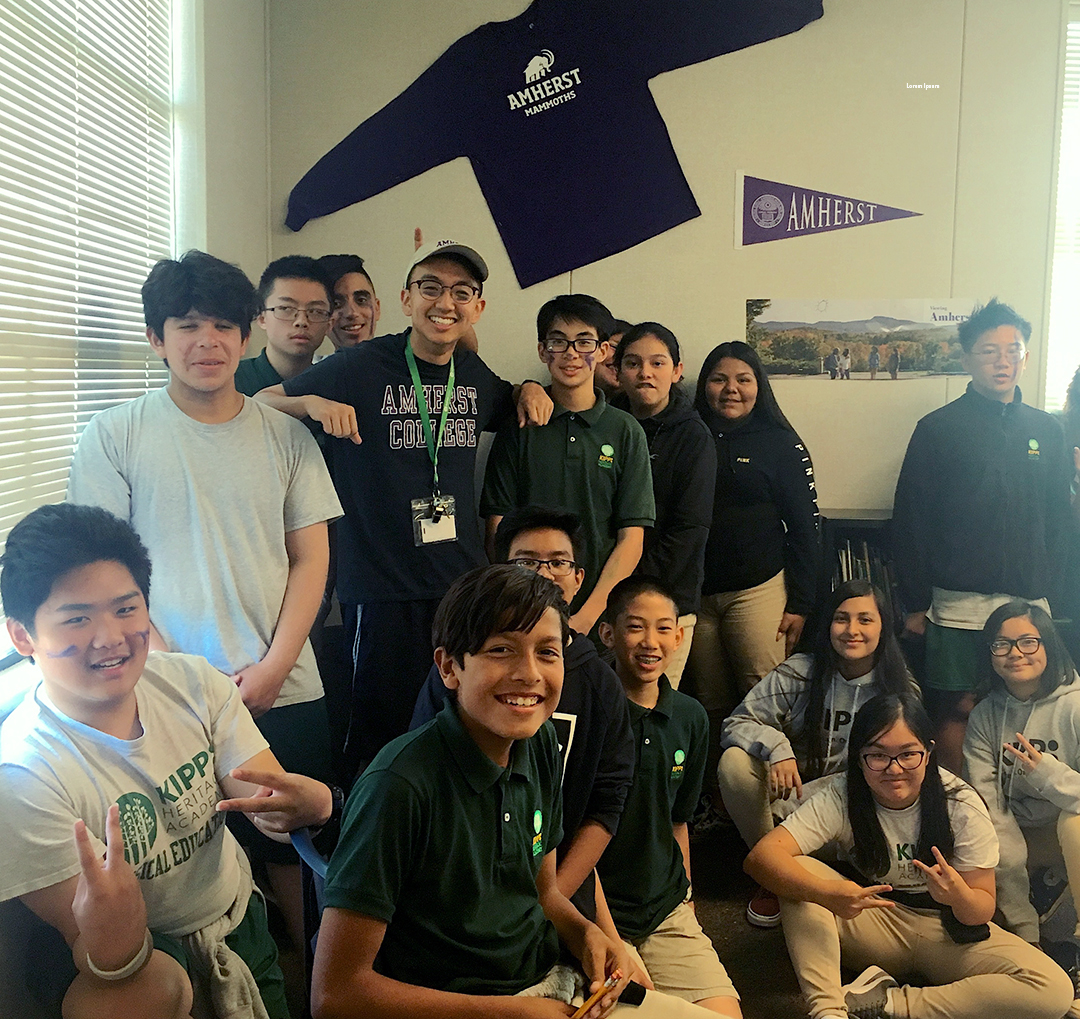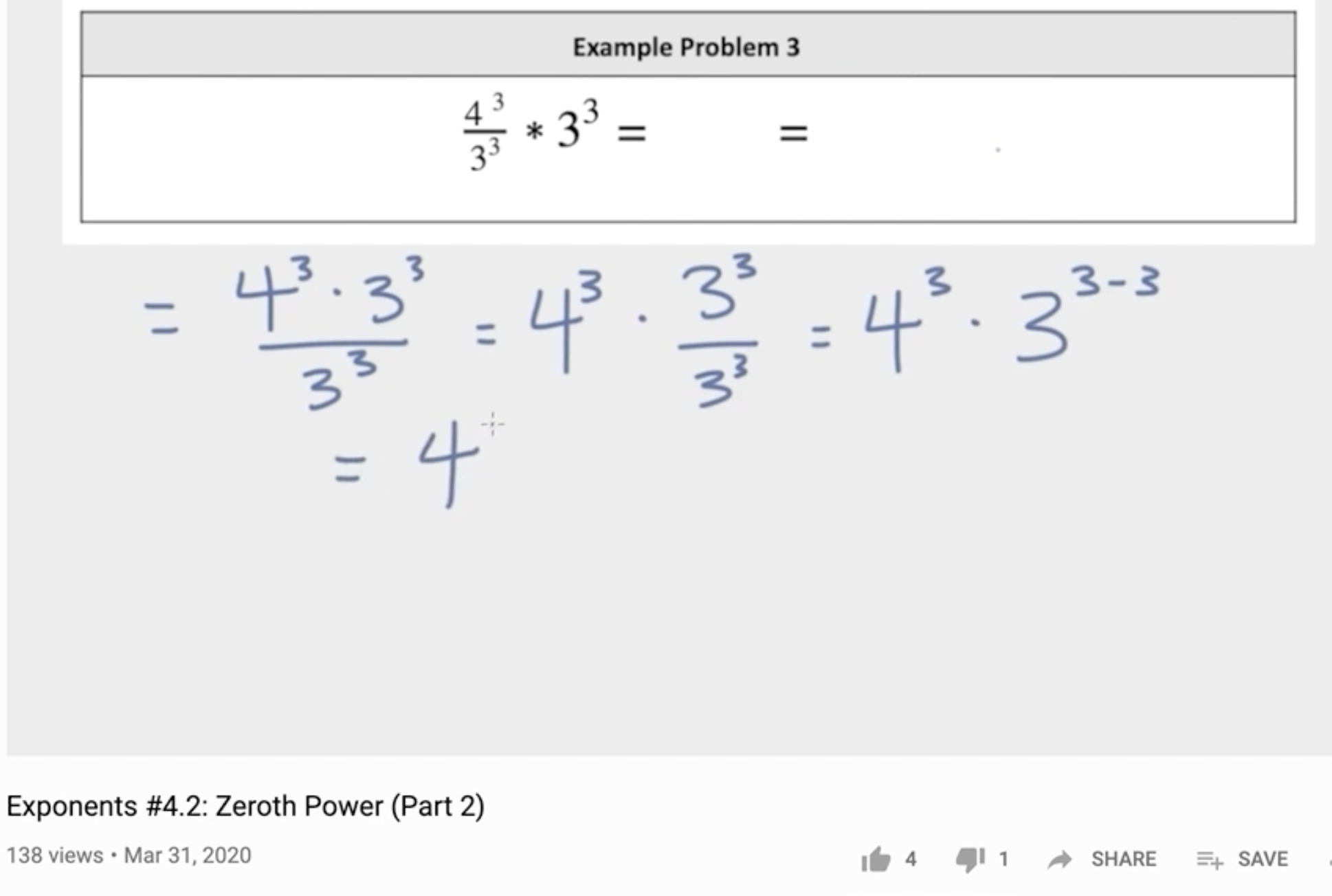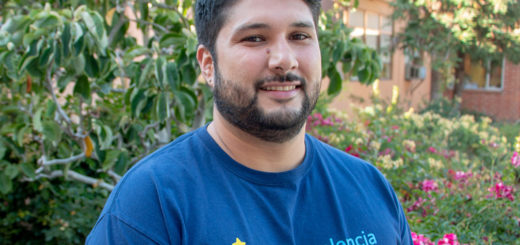Distance Learning—It Takes A Team
Joon Kim, KIPP Heritage math teacher
My name is Joon Kim, and I teach for my grandfather, a teacher himself, who taught me to learn. He taught high school mathematics for his entire career, and by the time he taught me, his final student, there was nothing he hadn’t seen. His mental agility ran circles around mine, and solving math problems under his watchful and ever-critical eye was an exercise in the respect and awe that he naturally commanded. The morning I left for college for the first time was also the last time I saw him. We supplemented our goodbyes with plans for when I returned home for winter break, but by then he was in the late stages of cancer and we both knew that it would be our last; he passed away two months later. In many ways I’ve charted a path in homage of his tutelage, majoring in math in college before graduating and becoming a Mr. Kim of my own, teaching 8th grade math at KIPP Heritage in San Jose.

Any successes that I have had in my time as a teacher can be credited to the strong leadership, administration, and team in which I found myself thriving at KIPP Heritage. I genuinely believe the intentionally-designed systems and routines I found at KIPP have allowed us to turn teaching into a labor of love.
You see evidence of it everywhere—under the priorities set by our school leader Amy Tran, in every focused academic intervention and through every restorative check-in, we are a team that is continually pushing one another to do better and be better for our kids. A brilliant colleague said it better than I ever could: “There is literally no one at this school whom I would be upset about being stuck in an elevator with.”
Our school community has come together to support one another in many ways, creating an environment that encourages continued student learning and has pushed me to grow as a teacher.
A school is more than a building, and when I see the new systems and routines that our admin team has designed to keep our students learning during school closures, I am impressed but not surprised. Immediately after the announcement of the closures, our operations team lent students Chromebooks to ensure they had access to technology at home, and our admin team rolled out a student work tracker and a student check-in protocol that helps keep us and our students accountable.
I’ve found that all of this new data has allowed me to assess student mastery levels and identify students in need of interventions more easily than before our closures. I miss the in-person interactions, but I’m able to give academic feedback to individual students in ways that I have never given before, and I’ve also been able to coordinate with other teachers when pulling students for office hours and small group reteaches. This is what I mean when I say teaching is a labor of love for us—the calls and student mastery assessments would not be possible without our supportive admin team creating systems to help teachers reach those high standards we all hold for ourselves.

Our extended school closures have provoked a wide range of emotions among my eighth graders. While many cite “boredom” as the leading emotion (if it can be considered an emotion), a close second is the sadness that comes with not being able to physically be together to close out their middle school experience. This is heightened by the real barriers to learning posed by campus closures—students helping with childcare at home, heightened stress as a community, and the challenges of finding appropriate substitutes for in-person learning. However, our school community has come together to support one another in many ways, creating an environment that encourages continued student learning and has pushed me to grow as a teacher.
For example, school closures have led me to reflect on my own practice using technology. I’ve seen the potential of the “flipped classroom” approach for a long time, but in all honesty I didn’t feel that I had the headspace to roll it out successfully. Now, I have learned how to get the ball rolling on content delivery in advance. I’m imagining the possibilities of students watching a video on my YouTube channel before coming to class and having already been exposed to the concepts. They can then use class time to learn more specifically through solving problems, working together, and asking questions.

I’ve been making Khan Academy style videos, and the students have taken it in stride. They immediately declared that it should be called Kim Academy, and a couple geniuses have even created special logos and banners for my channel using little cutouts of my face. With middle schoolers you never know whether they are laughing with you or at you (statistically speaking, probably the latter), but Kim Academy videos have brought joy to my COVID-19 teaching practice.
My students are currently mastering square roots before closing out the year by reviewing our unit on linear equations. When reflecting on my own teaching, I’m reminded of how I don’t remember every formula my grandfather taught me, but I do remember the love of math and the love of learning that he passed down. I’ve always tried to pass along that same love to my students, from him to them. I’ve always lived for the “lightbulb” moments that come when things finally “click” for a student (with a verbal “oooohhhh!!”). While these moments look a little different lately, they’re happening nonetheless, and I’m happy to be seeing my kids through to the end of the year.



